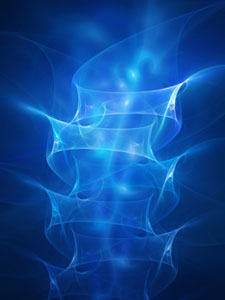Slipped Disc
 A disc can’t slip. But it can wedge, bulge, protrude and herniate. Chiropractic care may help.
A disc can’t slip. But it can wedge, bulge, protrude and herniate. Chiropractic care may help.
Space for Nerves
The disc is a special cartilage between the bones of your spinal column. It attaches to the vertebra above and below it. This creates the separation between spinal bones so pairs of nerves can exit the spine.
Turning and Bending
Each spinal disc has a jelly-like “ball bearing” core that is contained by bands of fibrous tissue. Healthy discs give you flexibility for normal turning and bending. Improper lifting, slips, falls and car accidents can cause the core to shift:
- Herniation - disc wedging narrows nerve openings. Obvious symptoms may not be present.
- Protrusion – like a blister, the disc bulges where it is the weakest, causing nerve pressure.
- Prolapse – with the cushioning and separating compromised by rupture, movement is painful.
Common Causes & Symptoms
Symptoms of a herniated disc include arm or leg pain, numbness or tingling and weakness.
Slipped discs left untreated can result in the problem worsening and can lead to permanent nerve damage. Common causes are age, twisting or turning to lift objects, lifting objects that are too heavy, overweight, inactivity daily to sudden activity.
Frequently Asked Questions:
How does chiropractic help disc problems?
Aren’t disc problems simply the normal aging process?
I didn’t do anything so how can a disc be involved?
Chiropractic First
Chiropractic has been a natural solution helping people with a variety of disc problems.
CONTACT US »

